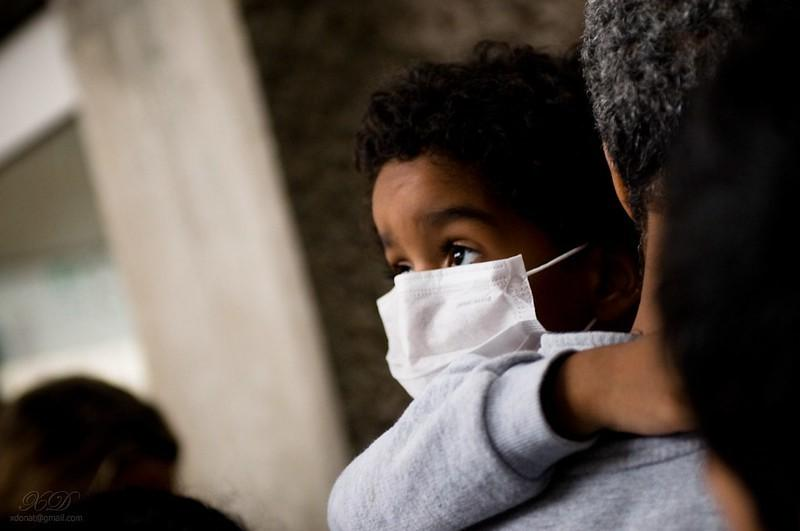
An undetermined pneumonia outbreak in China is hitting children hard, with media reports describing overwhelmed children's hospitals in multiple locations, according a post on ProMED Mail, the online reporting system of the International Society for Infectious Diseases. So far, there is no indication that the infections are deadly. But reports of a spike in pneumonia cases in China are eerily similar to early reports of a mystery pneumonia outbreak in late 2019 in Wuhan, which heralded the emergence of COVID-19.
Children's main symptoms are high fever, with some kids developing pulmonary nodules.
The media reports reference swamped pediatric hospitals in multiple locations, including Beijing and Liaoning, which is nearly 500 miles away. Reports also say the pneumonia outbreaks have led to school cancellations and some illnesses in teachers.
Some observers speculate the outbreak could be caused by Mycoplasma pneumoniae, commonly known as "walking pneumonia." FluTrackers, an infectious disease news message board, has been tracking reports of overwhelmed pediatric hospitals and clinics and Mycoplasma pneumonia since the beginning of summer.
More information needed
US Centers for Disease Control and Prevention (CDC) background information on Mycoplasma pneumoniae infection notes that the bacterium typically causes mild respiratory infections that can sometimes lead to serious illnesses that can require hospitalization. In children, the infection resembles a chest cold. The illness can spread in crowded settings, including schools and college residence halls.
On Twitter (X) today, Krutika Kuppalli, MD, an infectious disease physician who is with the WHO's Health Emergencies Program, said it's possible that China could be seeing a surge in respiratory infections as other countries did their first winter after lockdowns lifted.
The point is we need information.
She added that China has already reported a Mycoplasma pneumonia surge, but the current outbreaks could be anything. She also said respiratory syncytial virus, COVID-19, and flu could be contributing factors. "The point is we need information."













